The impact crater which measures 8.5km in width, is believed to have been caused by a massive asteroid measuring around 400 meters in width.
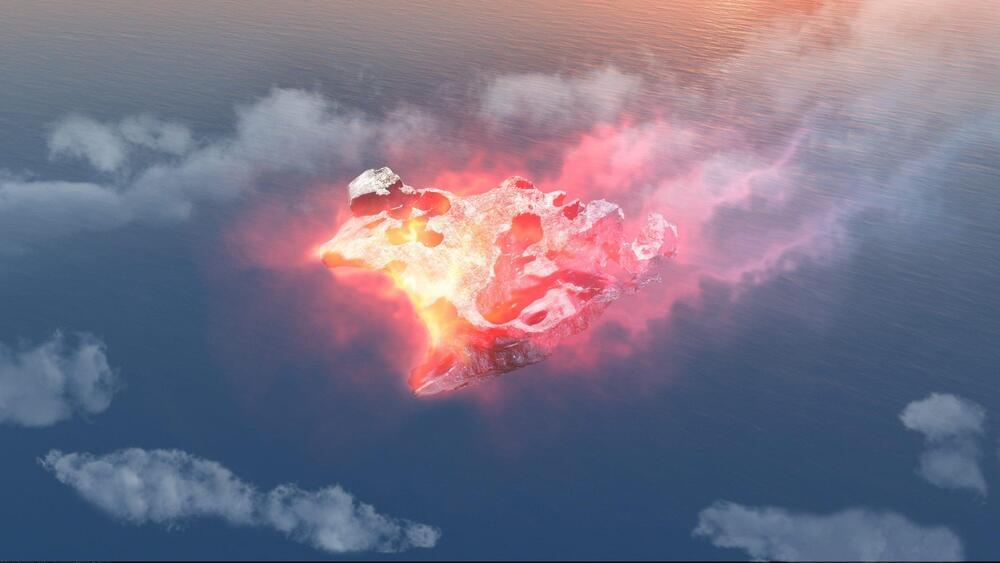

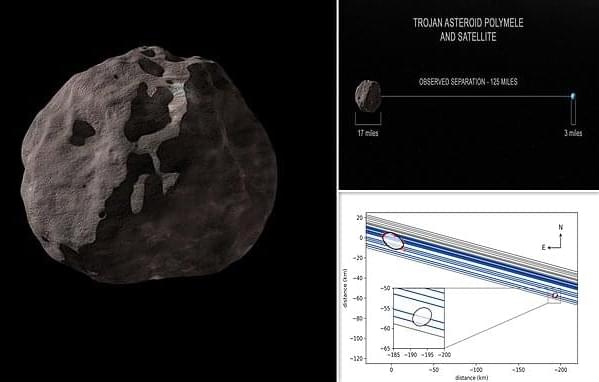

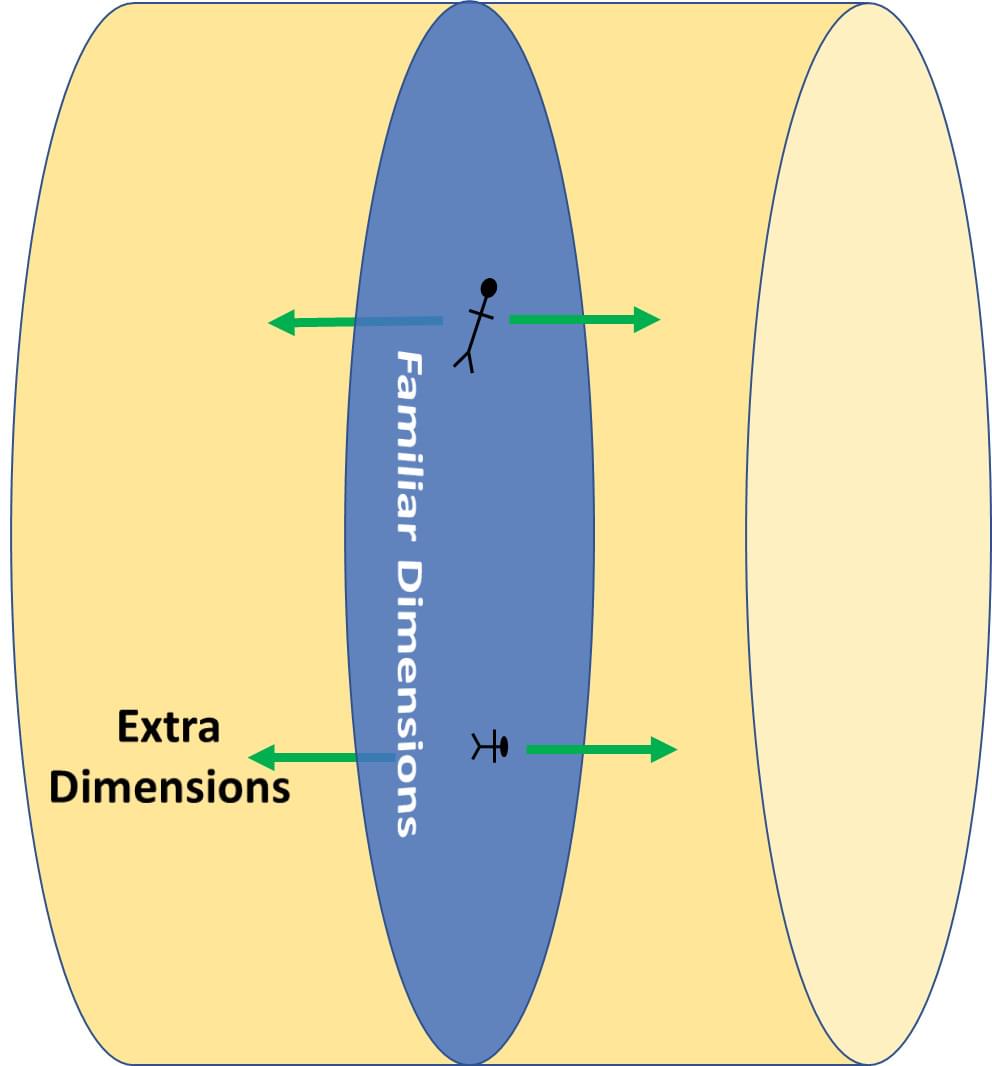
For general readers:
Is it possible that the particle physicists hard at work near Geneva, Switzerland, at the laboratory known as CERN that hosts the Large Hadron Collider, have opened a doorway or a tunnel, to, say, another dimension? Could they be accessing a far-off planet orbiting two stars in a distant galaxy populated by Jedi knights? Perhaps they have opened the doors of Europe to a fiery domain full of demons, or worse still, to central Texas in summer?
Mortals and Portals.
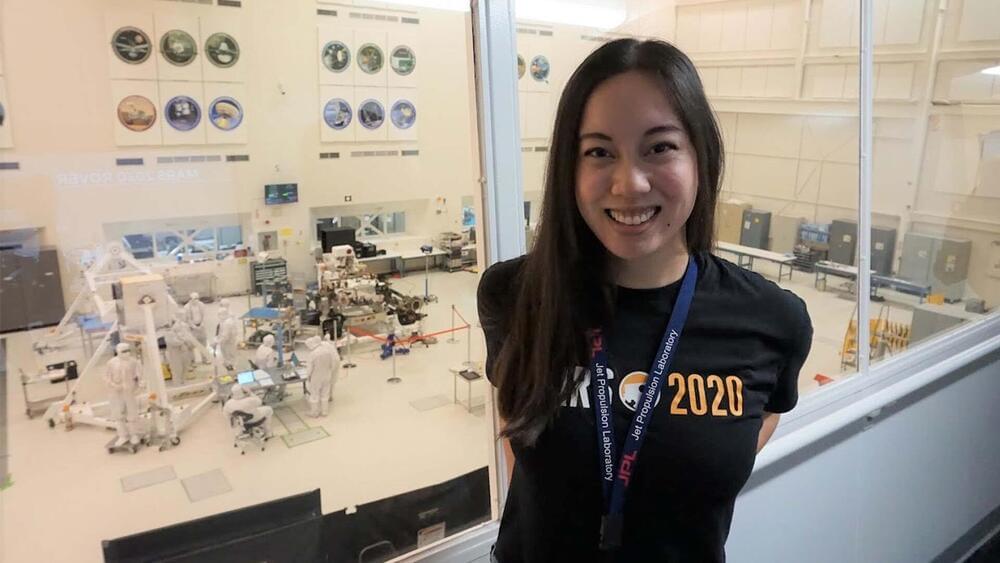
A paradigm shift away from the 3D mathematical description developed by Schrödinger and others to describe how we see color could result in more vibrant computer displays, TVs, textiles, printed materials, and more.
New research corrects a significant error in the 3D mathematical space developed by the Nobel Prize-winning physicist Erwin Schrödinger and others to describe how your eye distinguishes one color from another. This incorrect model has been used by scientists and industry for more than 100 years. The study has the potential to boost scientific data visualizations, improve televisions, and recalibrate the textile and paint industries.
“The assumed shape of color space requires a paradigm shift,” said Roxana Bujack, a computer scientist with a background in mathematics who creates scientific visualizations at Los Alamos National Laboratory. Bujack is lead author of the paper on the mathematics of color perception by a Los Alamos team. It was published in the Proceedings of the National Academy of Sciences.


Researchers from North Carolina State University have developed a wireless system that uses radio transmitters and receivers to estimate soil moisture in agricultural fields at multiple depths in real time, improving on existing technologies that can be used to inform irrigation practices that both improve crop yield and reduce water consumption.
“Estimating soil moisture is important because it can be used by growers to irrigate their fields more efficiently—only irrigating fields when and where the water is needed,” says Usman Mahmood Khan, first author of a paper on the work and a Ph.D. student at NC State. “This both conserves water resources and supports things like smart agriculture technologies, such as automated irrigation systems. What’s more, conserving water resources can also help reduce carbon emissions, because less energy is used to pump water through the irrigation system.”
The new technology, called Contactless Moisture Estimation (CoMEt), does not require any in-ground sensors. Instead, CoMEt assesses soil moisture using something called “phase,” which is a characteristic of radio waves that is affected by both the wavelength of the radio waves and the distance between the radio wave’s transmitter and the wave’s receiver.

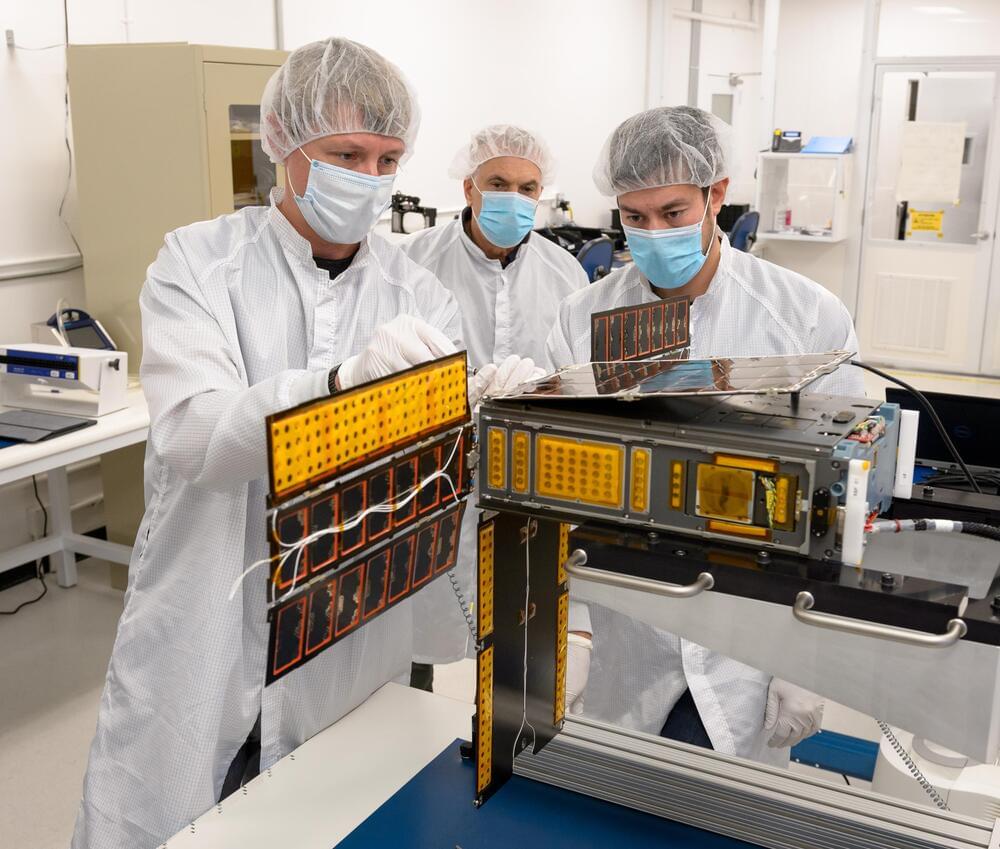
Its Biosentinel mission will launch aboard Artemis I.
NASA’s sending living cells to deep space for the first time. The BioSentinel mission will be the first long-duration biology experiment in deep space, a NASA post.
BioSentinel will monitor the growth and activity of yeast cells as they get bombarded by high-energy radiation particles in deep space and beam the data back to NASA researchers on Earth to help safeguard astronaut heath.